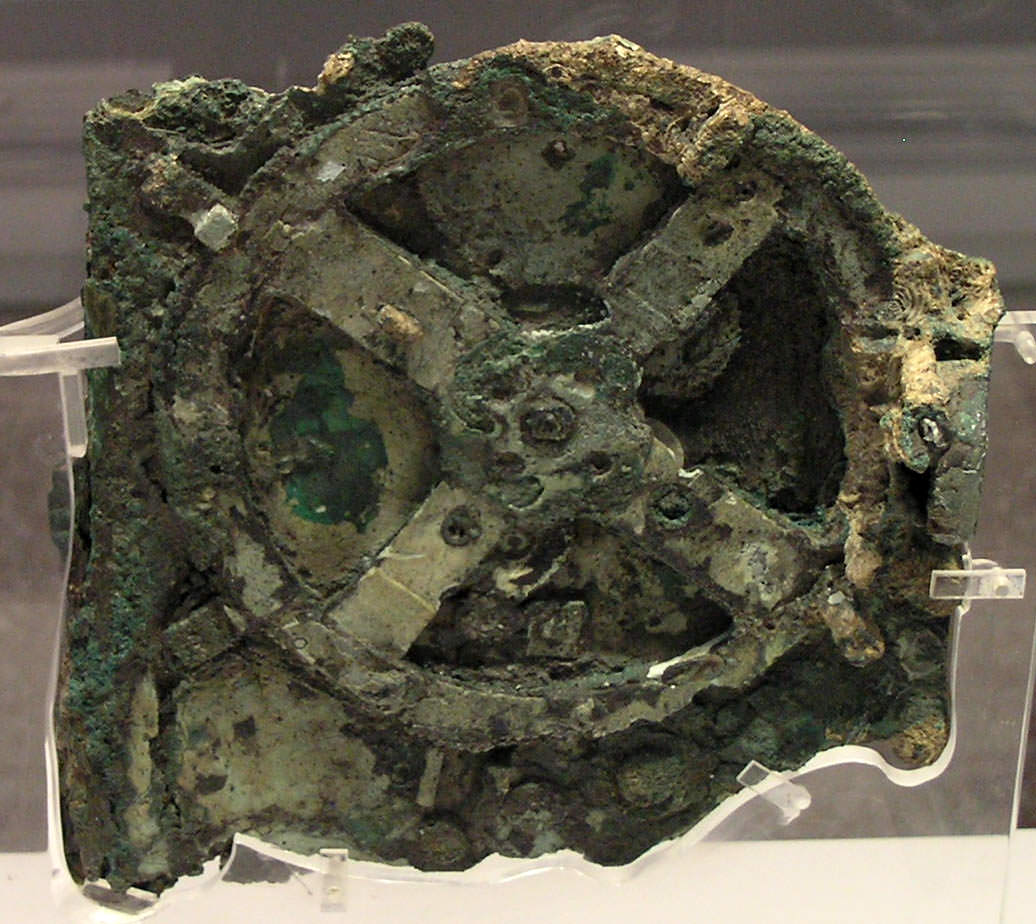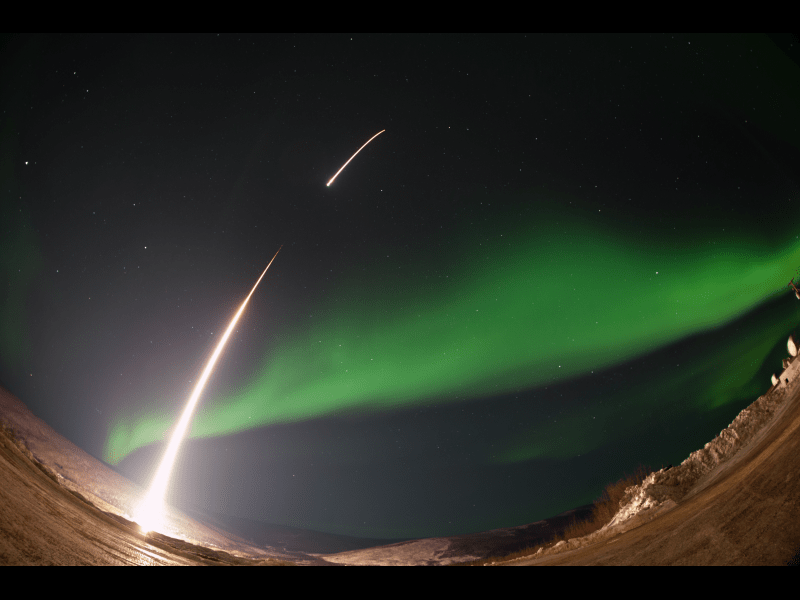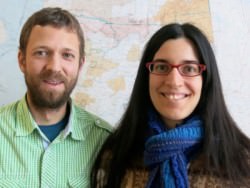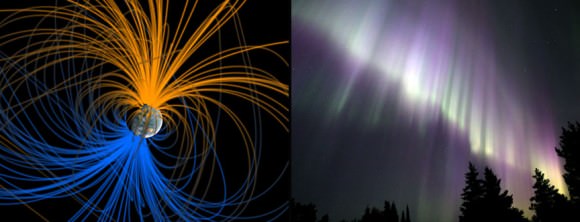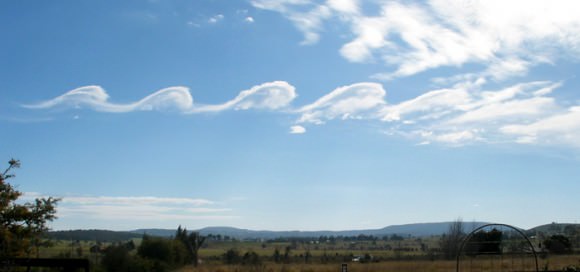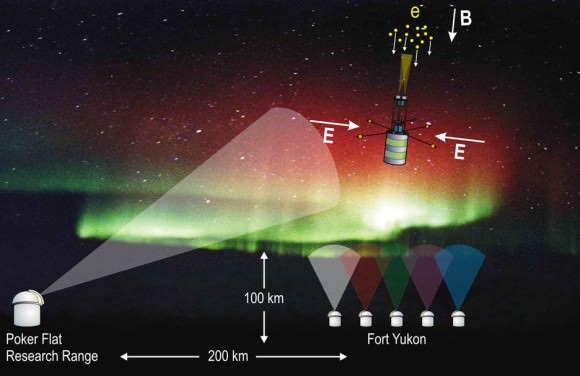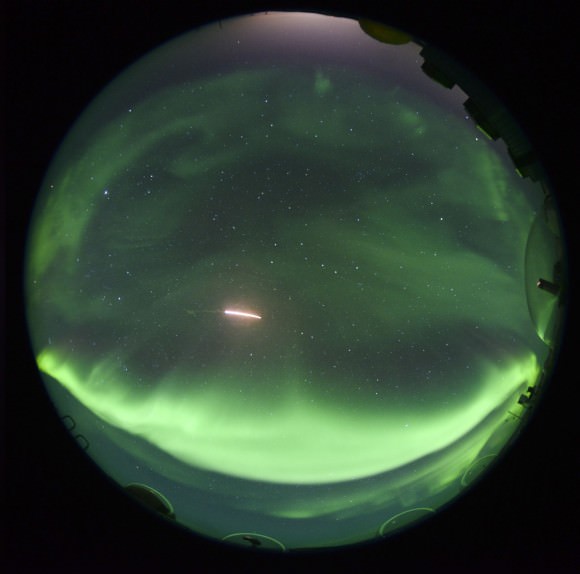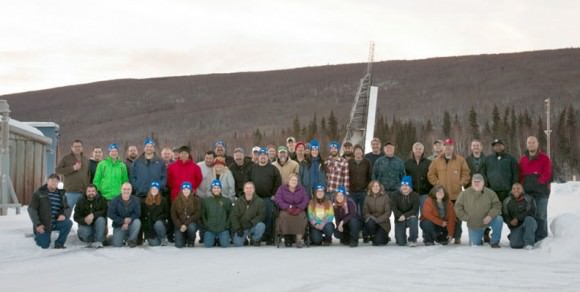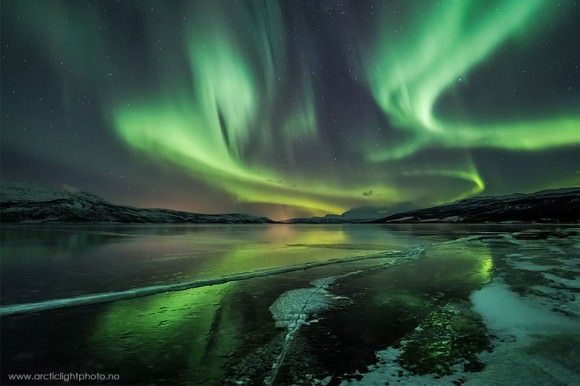Thanks to a decade worth of high-tech imaging, the use of the ancient device called the Antikythera Mechanism can now be confirmed. The device, which was discovered over a century ago in an ancient shipwreck near the Greek island of Antikythera, was used as an astronomical computer.
Archaeologists long suspected that the device was connected to astronomy, but most of the writing on the instrument was indecipherable, which left some question. But a thorough, decade long effort using high-tech scanning methods has revealed much more of the text on the instrument.
The Antikythera Mechanism has about 14,000 characters of text on its mangled, time-weary body. Since its discovery over 100 years ago, very little of that text was readable, only a few hundred characters. It hinted at astronomical use, but detail remained frustratingly out of reach.
Now, the team behind this effort confirms that the mechanism was an astronomical calendar. It showed the position of the planets, the position of the Sun and Moon in the zodiac, the phases of the Moon, and it also predicted eclipses.
According to the team, it was like a teaching tool, or a kind of philosopher’s guide to the galaxy.
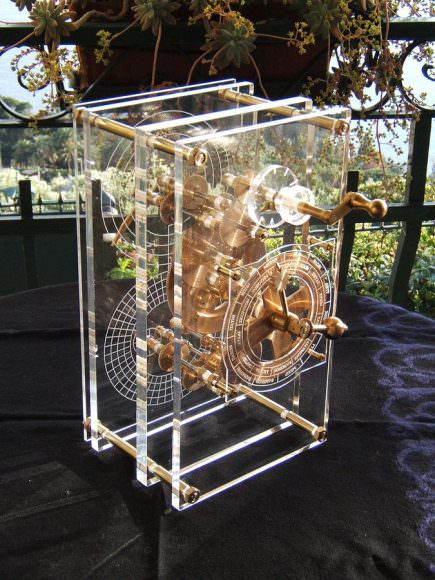
The characters were engraved on the front and back sections of the device, and on the inside covers. Some of the writing was very small, only about 1.2 mm (1/20th of an inch) tall. The device itself was about the size of an office box file. It was contained in a wooden box, and was operated with a handle crank.
At the time that it was found, the device was largely an afterthought. The real find at the time was luxury glassware and ceramics, and statues made of bronze and marble found at the shipwreck by sponge divers. But the device attracted attention over the years as different scholars hypothesized what the mechanism was for and how the gears worked.
Professor Mike Edmunds, of Cardiff University, is the Chair of the Antikythera Mechanism Research Project. He said, “This device is just extraordinary, the only thing of its kind. The design is beautiful, the astronomy is exactly right. The way the mechanics are designed just makes your jaw drop. Whoever has done this has done it extremely carefully.”
In fact, a device of this complexity did not appear anywhere for another thousand years.
The device itself is incomplete. The fragments that were found came from a shipwreck discovered in 1901. That ship was a mid-1st century BC ship, a large one for its time at 40 meters (130 ft) long. It’s hoped that additional fragments of the device can be found by architects visiting the original shipwreck. But event though it’s incomplete, most of the inscriptions are there, as are 20 gears that displayed planets.
According to the team responsible for imaging the text on the device, almost all of the text on the device’s 82 fragments has been deciphered. It remains to be seen if any other surviving fragments, if found, will contain more text, and if that text will shed any more light on this remarkable device.

